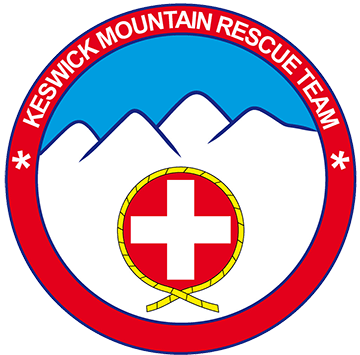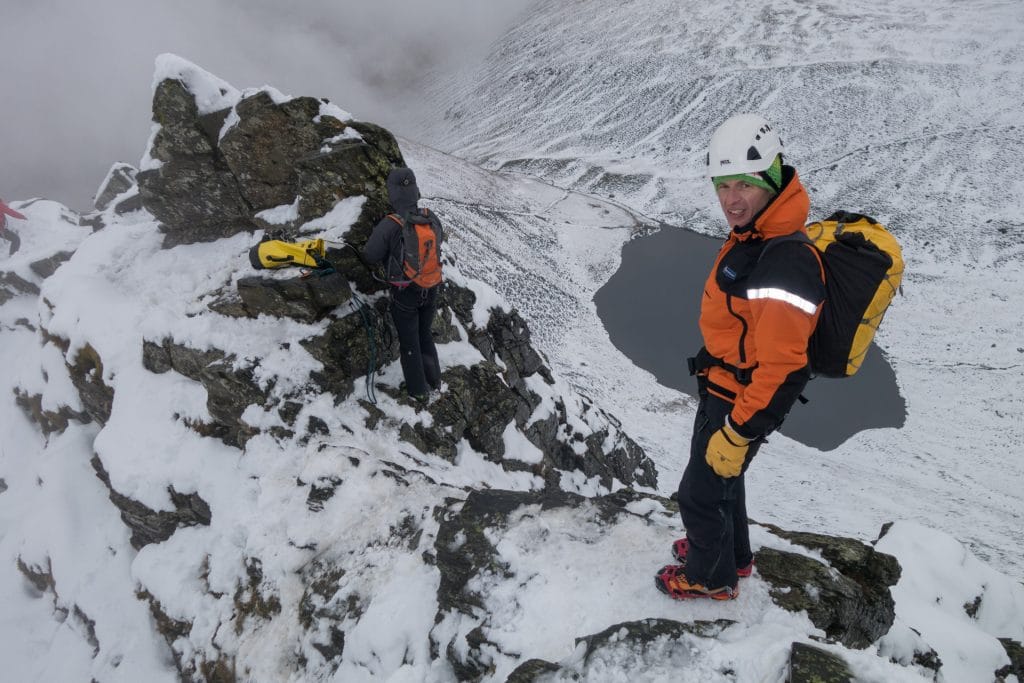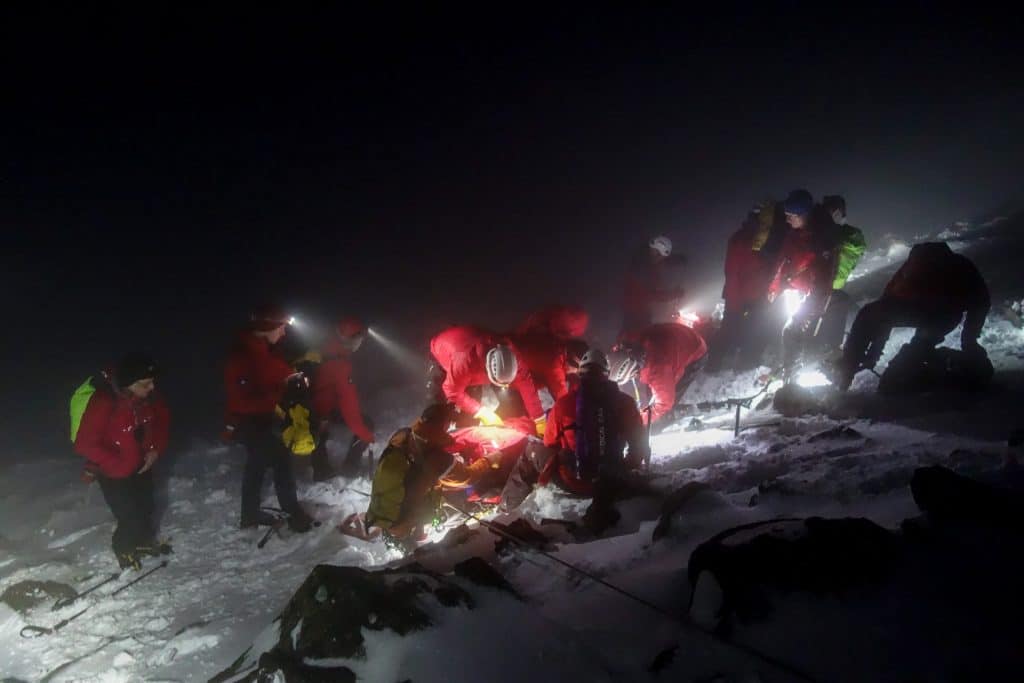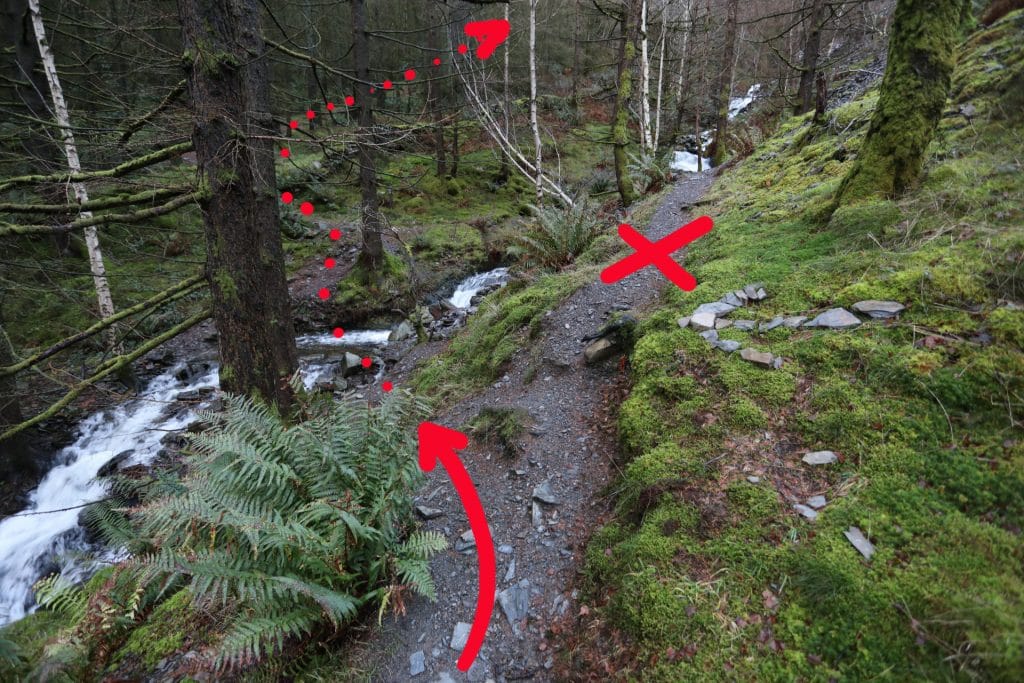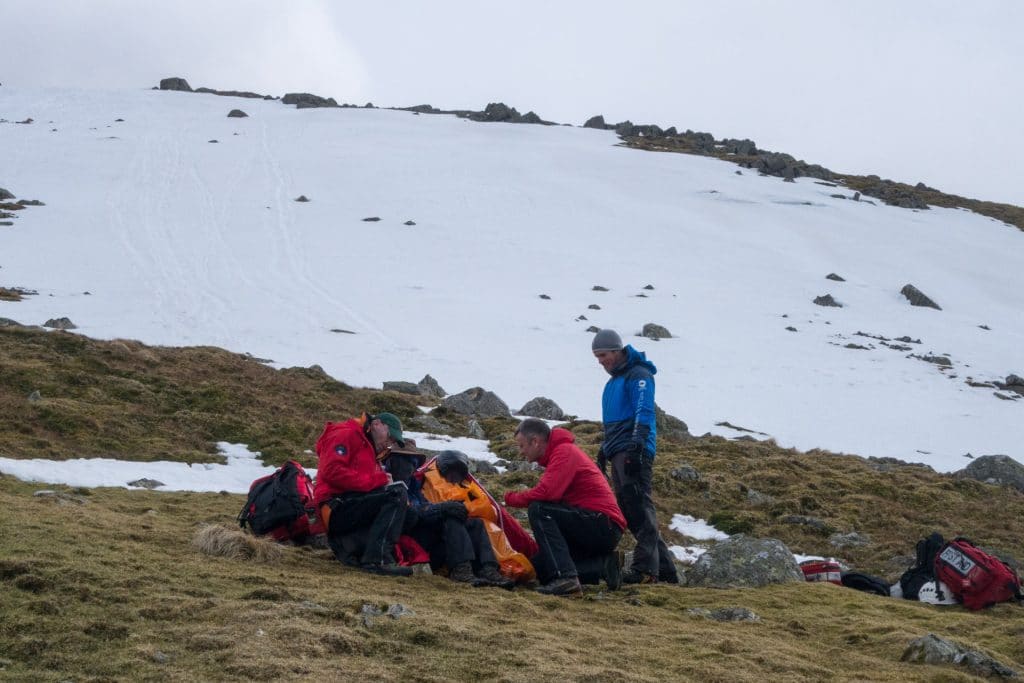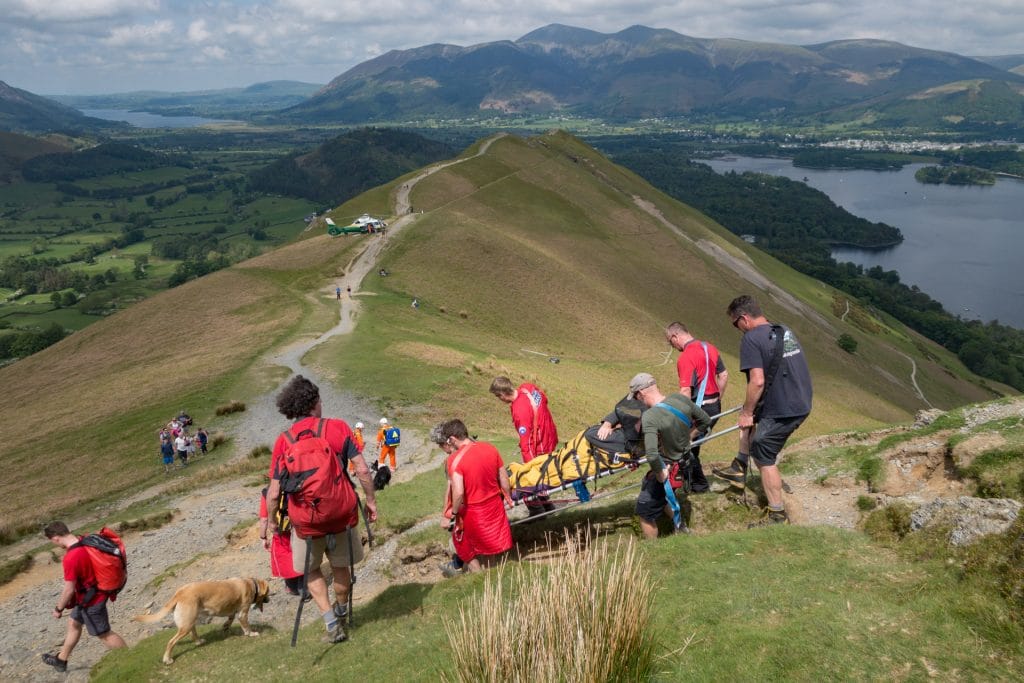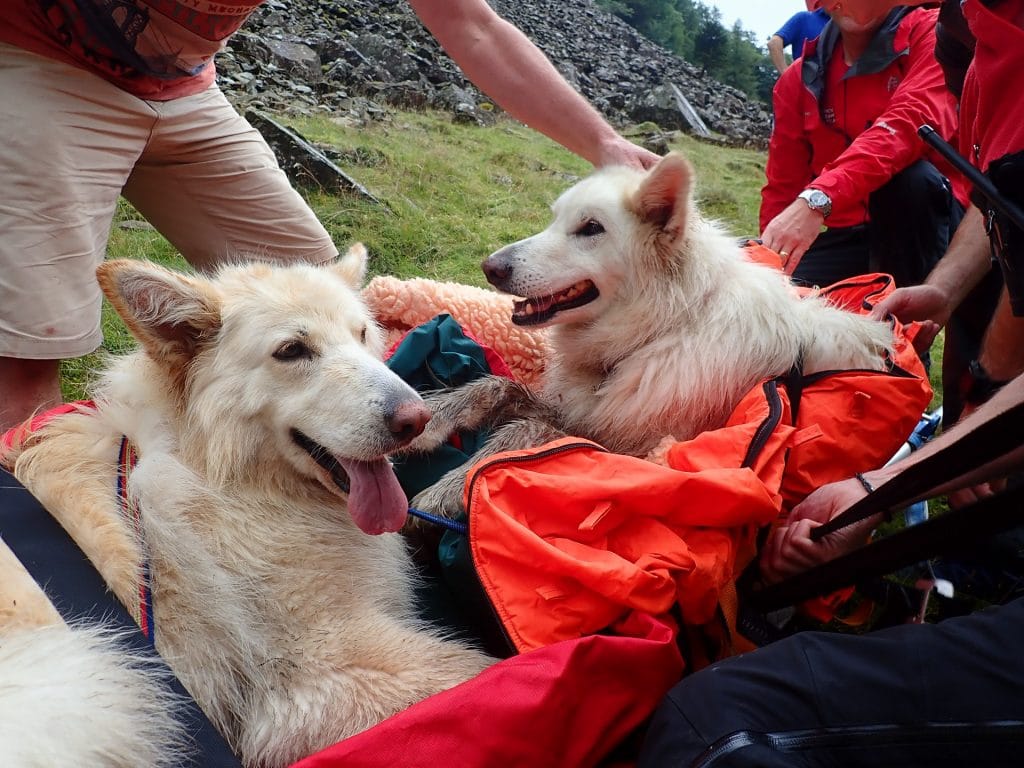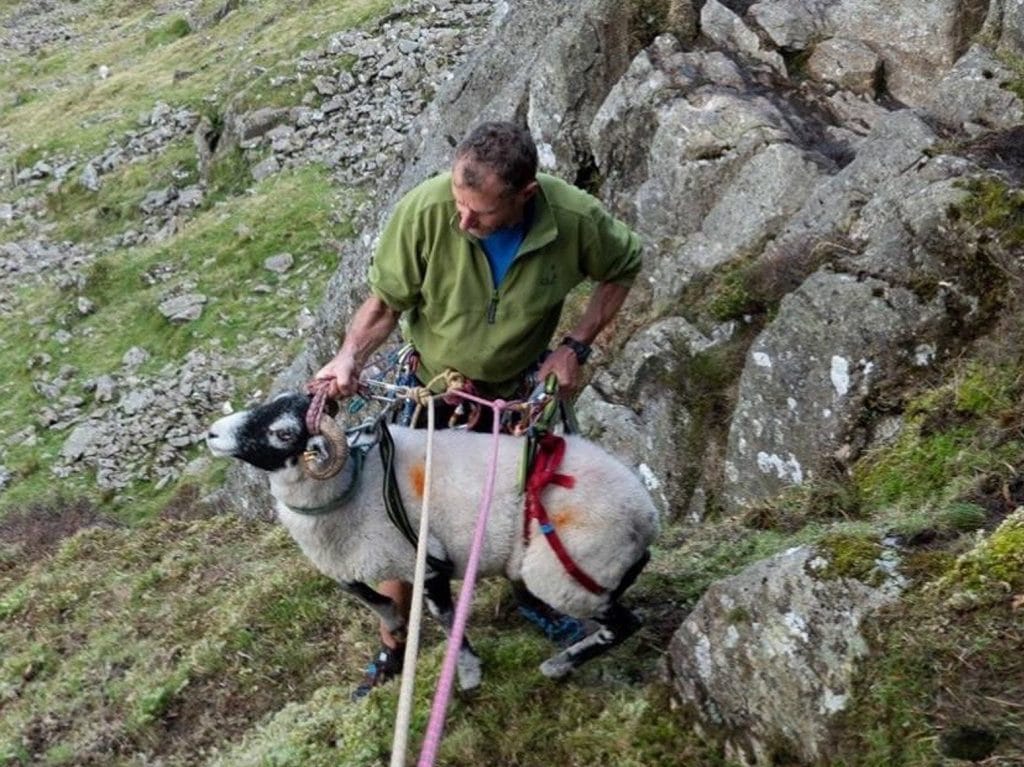Sharp Edge
1947 to Dec 2018. Total Incidents: 100 (11 fatalities)
Every year people get into trouble on Sharp Edge on Blencathra. The ridge is a classic scramble (easy rock climb) and in dry conditions should present few problems to competent hill walkers with a head for heights and wild exposure. In wet, windy or winter conditions the ridge becomes very slippery and dangerous for several days after rain, and worth avoiding unless you are experienced and well prepared.
